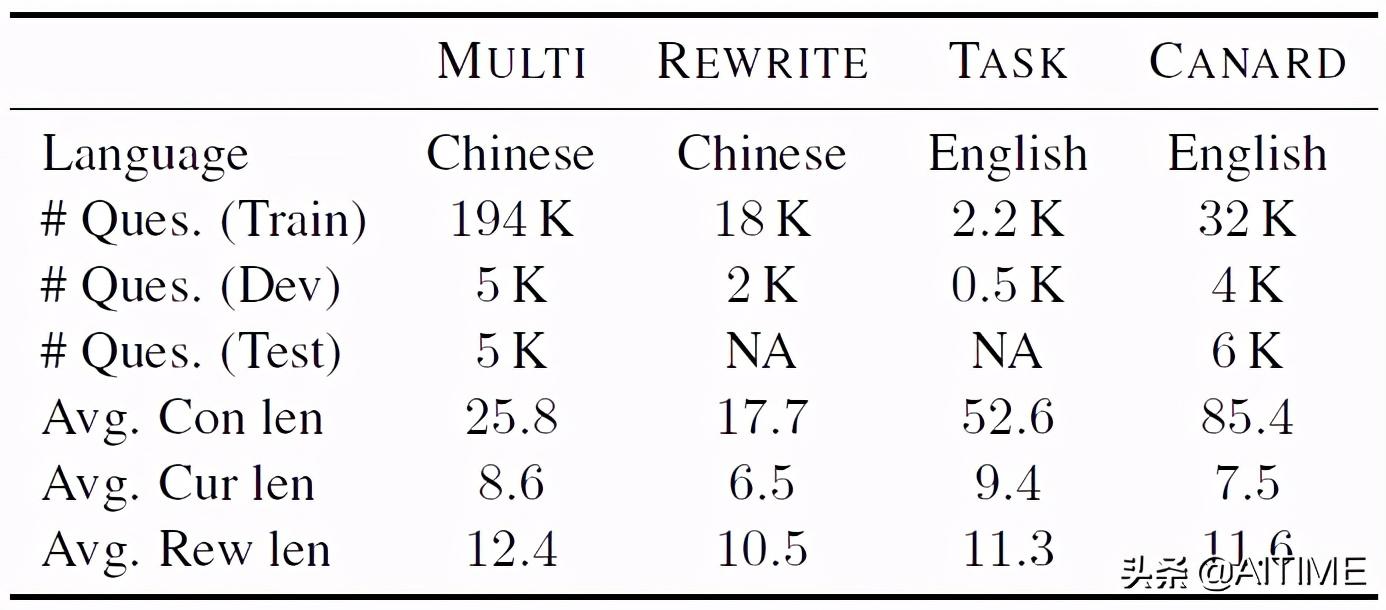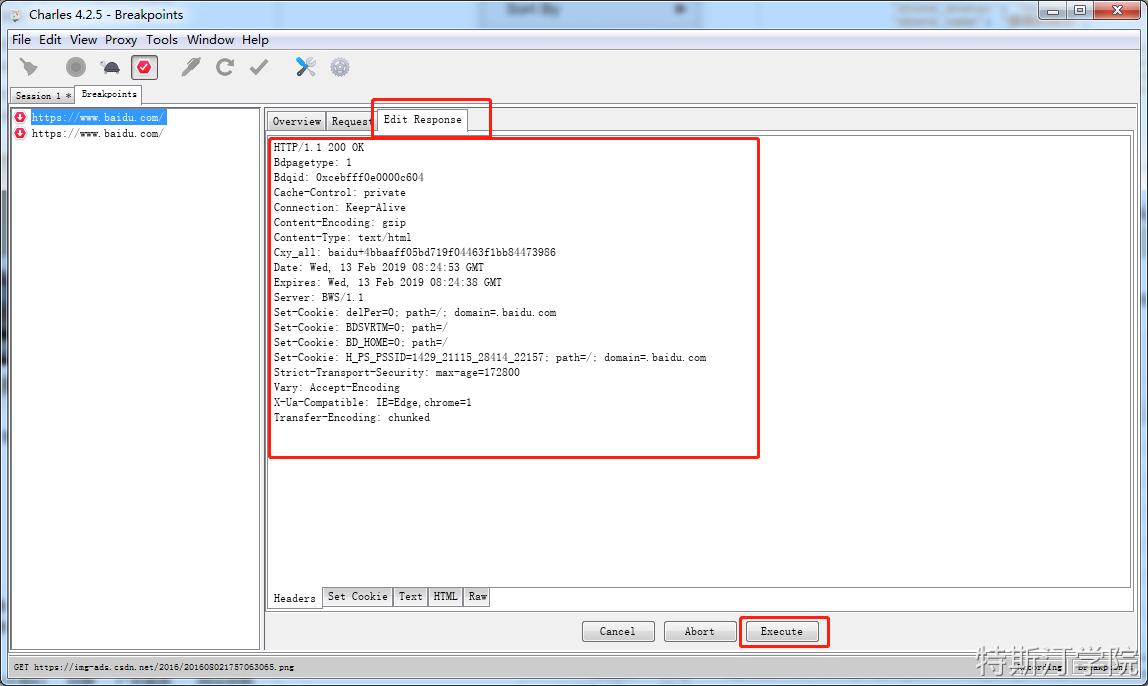Rewrite:
Guide or Summary:Home Renovation LoanUnderstanding Home Renovation LoansTypes of Home Renovation LoansApplying for a Home Renovation Loan"Ultimate Home Reno……
Guide or Summary:
- Home Renovation Loan
- Understanding Home Renovation Loans
- Types of Home Renovation Loans
- Applying for a Home Renovation Loan
"Ultimate Home Renovation Loan Guide: Transform Your Dream Space with Financing Secrets"
Home Renovation Loan
Diving into the world of home renovation can be an exhilarating journey, but it's equally daunting when faced with the financial challenge of making those dreams a reality. That's where the home renovation loan comes into play, offering a lifeline to homeowners everywhere, enabling them to breathe new life into their living spaces without the crippling cost. This guide is your ultimate resource for understanding the intricacies of home renovation loans, demystifying the process, and unlocking the potential to transform your dream space.
Understanding Home Renovation Loans
Before diving into the specifics, it's crucial to grasp the concept of a home renovation loan. Essentially, this type of loan is designed to provide financing for homeowners aiming to undertake significant improvements or renovations to their property. These projects can range from minor updates and upgrades to extensive overhauls, including kitchen and bathroom remodels, exterior facelifts, and structural enhancements.
The primary appeal of a home renovation loan lies in its flexibility. Unlike traditional home mortgages, which are typically tied to the property itself, renovation loans are unsecured, meaning they are not linked to the value of your home. This unencumbered approach allows for greater financial freedom, enabling homeowners to pursue their renovation projects without the risk of jeopardizing their primary asset.
Types of Home Renovation Loans
The world of home renovation loans is diverse, offering several options to suit the unique needs and preferences of homeowners. Here's a breakdown of the most common types:

1. Fixed-Rate Loans These loans provide borrowers with a set interest rate for the life of the loan, making it easier to budget and plan for their renovation projects. The downside is that any changes in interest rates will not impact the loan, potentially resulting in a higher cost over time.
2. Adjustable-Rate Loans These loans start with a fixed interest rate for an initial period before switching to an adjustable rate. This option can be advantageous for borrowers who plan to pay off their loan before interest rates rise, as they can benefit from the lower initial rates.
3. Home Equity Loans Unlike traditional renovation loans, home equity loans are secured by the equity in your home. They offer a lump sum of money that can be used for various renovation projects, with interest rates typically lower than those of unsecured loans. However, the risk is that if you're unable to repay the loan, the lender can seize your property.
4. Line of Credit This flexible financing option allows homeowners to draw on a revolving line of credit as needed for their renovation projects. It's ideal for those who may not know exactly how much they'll need or for unexpected expenses that arise during the renovation process.

Applying for a Home Renovation Loan
The application process for a home renovation loan is relatively straightforward, but it's essential to be prepared. Here are the basic steps:
1. Assess Your Financial Situation Before applying, evaluate your current financial situation, including your income, expenses, and existing debts. This will help you determine how much you can afford to borrow and repay.
2. Research and Compare Loan Options Take the time to research different loan options and compare their interest rates, terms, and fees. This will help you find the most suitable loan for your needs.
3. Prepare Your Application Gather all necessary documents, including proof of income, employment history, and financial statements. You'll also need to provide details about your renovation project, including the scope of work, estimated costs, and timeline.

4. Submit Your Application Once your application is complete, submit it to the lender. Be prepared to answer any questions and provide additional information if required.
5. Review and Approve If your application is approved, review the loan terms and conditions carefully. Make sure you understand the repayment schedule, interest rates, and any fees before signing the agreement.
Home renovation loans offer a powerful tool for homeowners looking to transform their living spaces. By understanding the different types of loans available, preparing a solid application, and carefully considering your financial situation, you can unlock the potential to create a dream home that reflects your unique style and needs. With the right financing in place, there's no limit to the incredible transformations you can achieve, turning your vision into a reality. So, dive into the world of home renovation loans and embark on the journey to creating your perfect space.